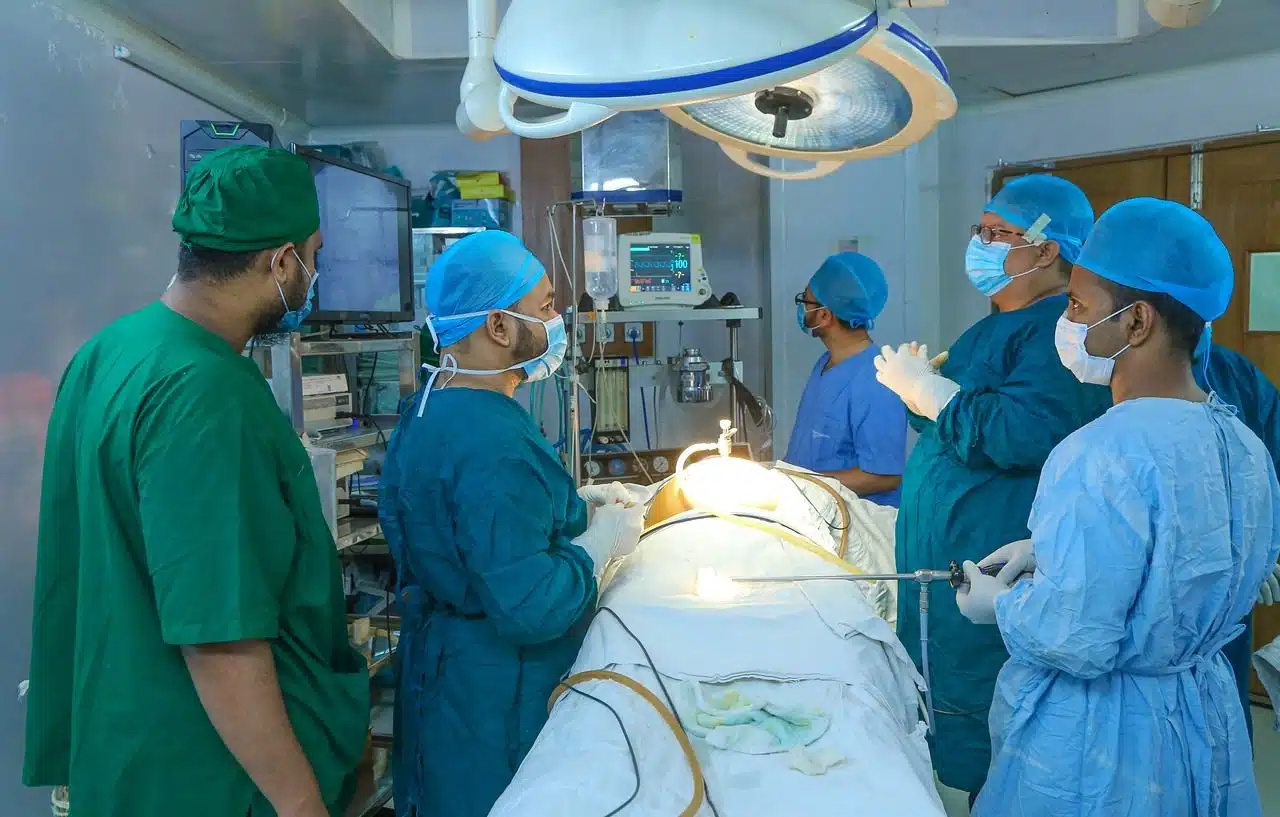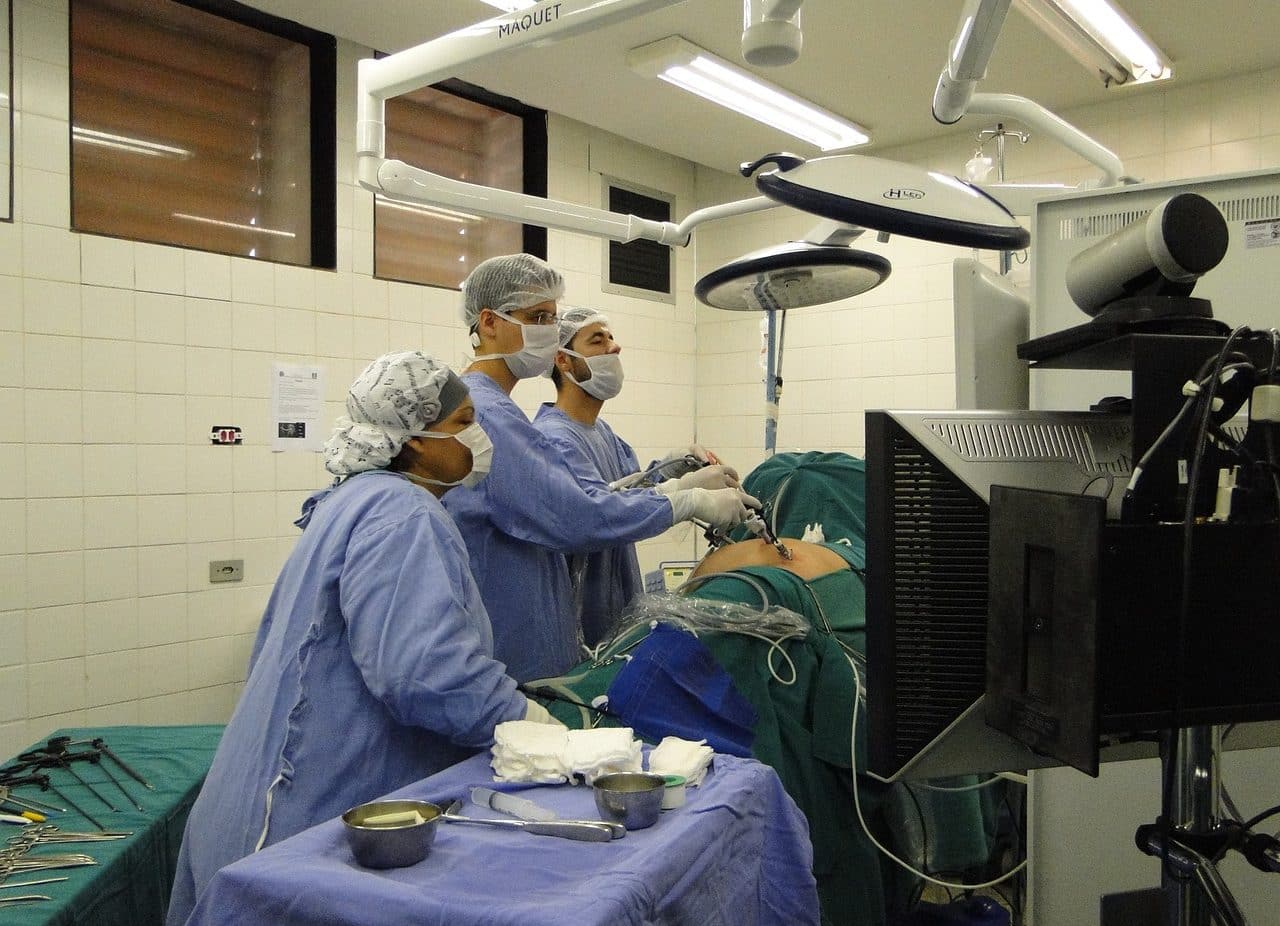
Laparoscopy is a medical examination technique.
Laparoscopy is a visual examination technique that allows observing the pelvic-abdominal cavity with an instrument known as a laparoscope . The term is mentioned as laparoscopy by the Royal Spanish Academy .
For example: "I'm a little scared: tomorrow I'm going to have a laparoscopy," "The doctor stated that a laparoscopy may be indicated for a treatment of this type," "The scar left by the laparoscopy is almost imperceptible."
Before moving forward, we can establish the etymological origin of the notion. It is a word that comes from the German word laparoskopie , the result of the sum of two Greek components: lapara , which means "flank" , and the verb skopein , which can be translated as "look" .
Development of a laparoscopy
The instrument used in laparoscopy, which is sterilized after each intervention so that it can continue to be used, emits a light that illuminates the cavity and has a camera that transmits images of the inside of the body. The technique enables minimally invasive surgical interventions , since they only require an incision of no more than 1.5 centimeters so that the device can enter the body.
The smaller incision means a smaller cosmetic mark, reduced post-operative pain and a faster overall recovery compared to traditional open surgeries .
Laparoscopy, however, is not free of possible complications. The laparoscope accesses vital organs that can be damaged, while the incision can become infected. The technique requires an experienced surgeon, capable of moving without errors.

It is possible to perform surgical interventions through laparoscopy.
Classification according to type
Basically we would have to say that there are three different types of laparoscopies:
- Diagnosis . It is carried out when all the medical professional wants is to observe the state of the stomach or intestines, for example. Specifically, it is usually used in cases of intestinal infarctions, acute abdominal pain, hernias or adhesions.
- Experimental . This second modality is normally undertaken on animals to be able to investigate and check for the first time if it would be possible to carry it out on human beings and some time later.
- Surgical . As its name indicates, this type of laparoscopy involves a surgical intervention with the clear objective of being able to solve problems and diseases such as acute appendicitis, obstructions in the intestine, colon tumors, ovarian cysts, ectopic pregnancies or fibroids. diverse nature.3
Other features of laparoscopy
In addition to everything stated above, we would have to highlight other hallmarks about laparoscopy:
- Typically, it can last several hours.
- The person who undergoes an action like this will not be able to make any kind of effort afterward and will not be able to drive.
- Three or four days is the usual length of stay for a patient undergoing laparoscopy, although in experimental cases it is usually one day.
Cystectomy (which allows the removal of the urinary bladder, or part of it, in cases of bladder cancer), cholecystectomy (to remove the gallbladder in the presence of stones or other disorders) and appendectomy (which allows the removal of the appendix cecal in acute appendicitis) are some surgeries that can be performed using this technique .
